Georgia Trekking 60 km in the Caucasus Mountains, the borderland of Europe and Asia, Lan Uyen and her group of friends experienced many emotions.
Nguyen Lan Uyen (Saru), writer and travel blogger, recently went on a trip to Georgia to trek the Caucasus Mountains with friends in early October. She shared this journey with VnExpress.
During my trip to Georgia, a country located on the border of West Asia and Eastern Europe on the east coast of the Black Sea, my friends and I experienced many emotions. We trekked from the town of Mestia to the village of Ushguli - one of the highest inhabited places in Europe. Ushguli village has about 200 people. Snow covers 6 months of the year, the road connecting to the big town of Mestia is impassable. Therefore, Ushguli is often isolated and difficult to access.
To prepare for the trekking trip with a total length of about 60 km, I researched the route, terrain and climate, booked accommodation and meals in advance. Groups usually spend 4 days climbing, but my group decided to go only 2 days. We were quite confident in our physical strength because we all played many sports and had participated in many trail marathons. But everything was quite difficult.
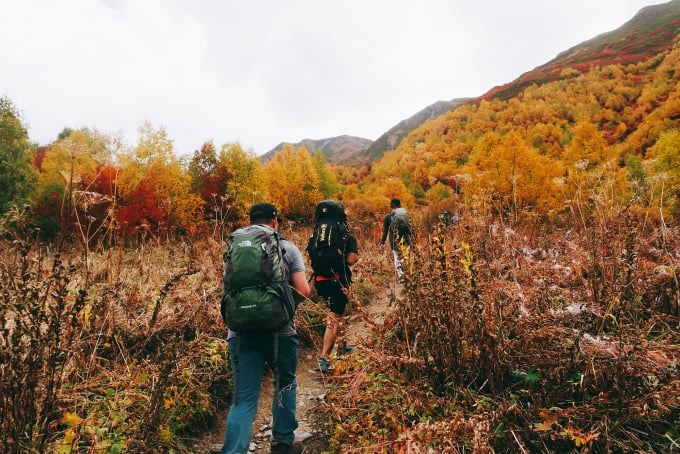
Autumn colors in the Caucasus Mountains. Photo: NVCC
Day 1: Rescue the last kilometers
Starting at 9am from the guesthouse, we walked on the asphalt road out of Mestia town. The slopes were steady and easy to climb. After two hours, a large field opened up to the first village, Zhabeshi, about 17km from Mestia. Here, we lost quite a bit of time as we couldn’t find a place to buy lunch, even though we went around knocking on doors. There was only one guesthouse that served us, but when we learned that we were a group of 8 people, they refused because of the large number. Luckily, there was a house with a “supermarket” sign, so we were able to get some bread and energy bars that we had brought with us.
The next 13 km from Zhabeshi to Adishi started off tough with long, rocky slopes, but the Georgian autumn picture began with the brilliant yellow of maple leaves. By 5pm, the temperature had dropped below 10. Still long slopes, no sweat but lips were starting to turn pale and dry. Everyone was almost exhausted because they had burned all the energy from lunch.
About 7 km from Adishi town, there was a small roadside stall. We stopped to refuel with traditional Khachapuri. We had some carbohydrates, but now we were racing against time as darkness descended and thunder rolled in. The heavy backpacks on our shoulders seemed to be the biggest challenge. This was no longer a marathon with thousands of runners enjoying themselves. This was our own race, with the biting cold, the rugged mountains and the harshness of nature.
There was a sign at the fork, one way up to the ski lift station to Adishi, the other down to the Tkharpel Hut cafe. Checking Maps, both roads led to Adishi village, I chose to go up. The steep incline seemed to drain all my energy. A small trail led through the burnt grass hills down to the Adishehala river valley where we spent the night.
Autumn days are short and nights are long. Darkness gradually covers everything in front of us, dim and hazy, accompanied by a biting cold when the temperature drops below 5. Luckily, there is no rain. The internet connection in Georgia is good, we are still in contact with the guesthouse owner and are confirmed to be on the right path, however the trail through the hills is constantly steep, it will be difficult and we can get lost. There are rocks with faded road markings. This location is still 5 km from the accommodation, it may take more than an hour to travel in low light conditions. To ensure safety, they asked us to stay where we are, and sent two cars to take a 20 km detour, nearly an hour to pick us up, even though we had headlamps.
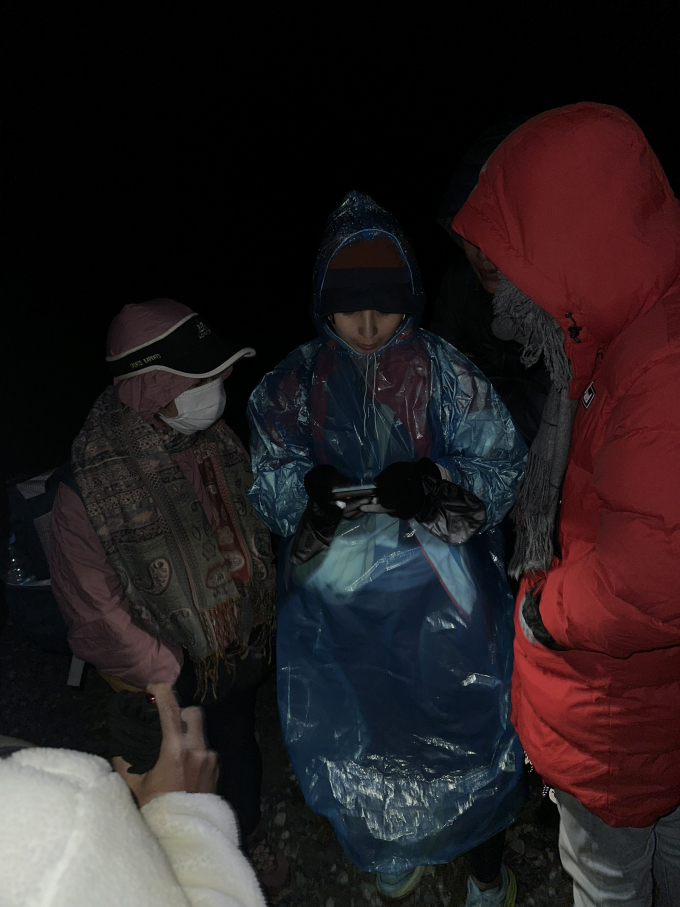
Waiting for a rescue vehicle when it was dark. Photo: NVCC
We could no longer see anything around us except for our pale faces from hypothermia. We were forced to stand still for them to locate us, amidst the vast mountains and forests and the whip-like winds that continuously whipped at our skin. We took out more clothes from our backpacks, including raincoats, and huddled together, constantly jumping in place to create heat while waiting for the car to pick us up.
That night, the last supermoon of 2023, we were taken back to the guesthouse on a bumpy, dark road. We took out a moon cake from our backpacks and shared it, still laughing and chatting for a memorable Mid-Autumn night, but unexpectedly the incident was not over.
Day Two: Harsh Nature
The next day, the group set off again. The Adishehala River was shallow, with the ice still not yet melted, reaching just above our knees. Locals on horseback followed us all the way from Adishi town. We had to wade through the water or pay 10 lari (about 100,000 VND) for a horse.
The European group of climbers chose to ride horses, my group took off their shoes, tied them to their backpacks and started wading. The river was not too fast but the most terrible thing was that almost everyone suffered from frostbite, their legs were swollen, red, numb, and had to sit down to recover even though the crossing was quite short.
The most difficult part of the journey began, the incredibly steep, endless slopes, passing through the primeval forests, comforted by the beautiful autumn season. Everyone cheered when they saw the Adishi glacier. We stopped, sat in a circle to enjoy lunch of just a slice of bread and a tomato prepared by the guesthouse. Perhaps this was the most beautiful trekking journey I have ever been on, with close friends who have been together for half a decade.
We couldn’t sit still for too long because the temperature was dropping, almost to zero, so we quickly put on our raincoats and continued climbing the more terrible slopes in the increasingly heavy hailstorm, hitting our bodies painfully but we couldn’t stop because our body temperature was dropping rapidly. Like the road leading to the sky, we didn’t know how many hours our feet had walked up without seeing a flat road or a downhill slope. Everyone was exhausted under the harsh weather and terrible terrain. Our hands were cold because we weren’t wearing gloves, the big marble-sized stones kept hitting us until they were swollen and red. While walking, I had to massage my hands constantly to avoid paralysis.
Finally, we reached Chkhunderi Pass at 2,655 m, with a 360-degree view of the Caucasus Mountains. From here, it was easier, with a steady downhill. Half a day up, now down. The Europeans seemed to have a harder time descending, with weak knees and two poles supporting them, but their legs were still shaking. We were used to trail marathons, so we picked up the pace, practically running for the next two hours, racing against the cold, despite a few falls.
At the entrance of Lalkhori town, I stopped at a cafe to wait for my friends who were following behind. Some of my group were suffering from hypothermia, with pale faces and blue lips. The owner immediately let us in to warm up for an hour. I decided to rent a car for the remaining 10 km to Ushguli village, instead of continuing in the freezing rain. The European group of climbers also stopped in the same situation. They also decided to stop to rent a car to finish the journey.
Arriving at Ushguli village, after resting, we discovered that each member had lost several hundred dollars. After careful consideration, we determined the location and time of the loss of money was on the night of the Mid-Autumn Festival, when we were having dinner together after being rescued - that was the only time we did not carry money with us since the first day. The total amount of money that the group lost was 3,000 dollars and some other foreign currencies.
We contacted the guesthouse to check, but they did not have a camera. Since we still had money and cards, we happily continued on to the next leg, and the experience was an unforgettable feeling in life.
Notes on the trekking journey from Mestia to Ushguli:
May-October is the time for climbing, with July-August being the peak and September-October having the most beautiful scenery, but also the coldest weather, possibly with snow.
You may not need to hire a guide because there are navigation boards and markers along the way. Georgia has a good internet connection, and you can contact people even in remote areas or high in the mountains. You can also download Maps.me to save offline maps in case you get lost. About 15 km will reach a village.
It is advisable to bring food when trekking. You need to contact the guesthouse where you will stay to order food in advance as they do not have it available. They will also pack food for you to take anywhere on the trekking route. Only Mestia, where you start from is the central town, will have many restaurants that provide food.
Only the central town of Mestia accepts card payments. The money changer is open from 10am, except on Saturdays and Sundays. Other villages only accept cash, some guesthouses accept USD. It is best to have enough cash on hand to cover the trekking days.
Need a pair of climbing shoes with good grip because the slopes are very high and long, sometimes slippery; Lightweight raincoat; Hiking poles will be necessary if your knees are not strong; Energy bars, salt tablets help replenish energy quickly when tired and limit cramps.
Nguyen Lan Uyen
Source link






![[Photo] Dan Mountain Ginseng, a precious gift from nature to Kinh Bac land](/_next/image?url=https%3A%2F%2Fvphoto.vietnam.vn%2Fthumb%2F1200x675%2Fvietnam%2Fresource%2FIMAGE%2F2025%2F11%2F30%2F1764493588163_ndo_br_anh-longform-jpg.webp&w=3840&q=75)

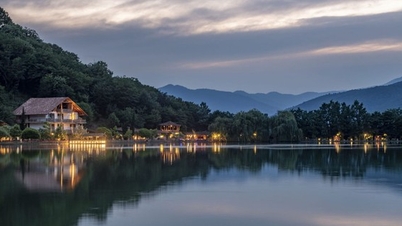




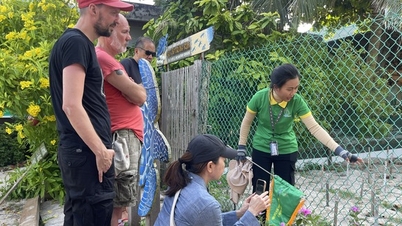

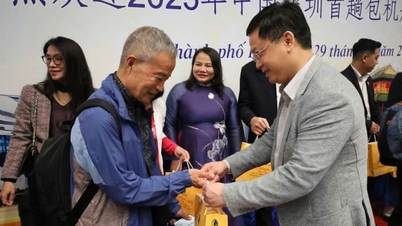

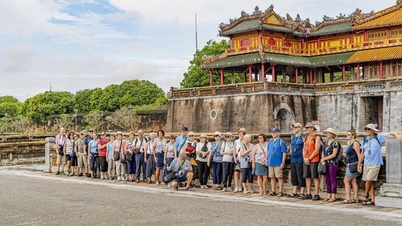
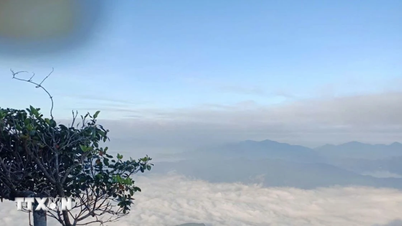

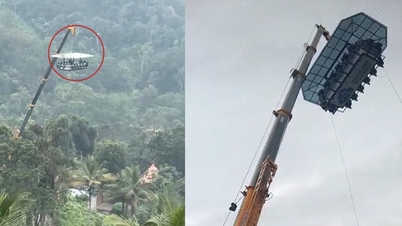


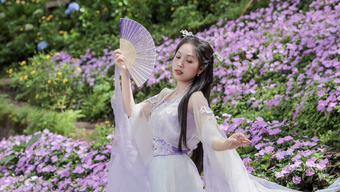








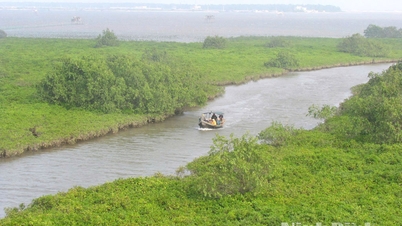

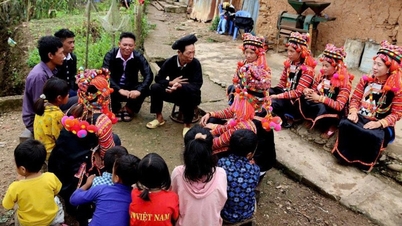
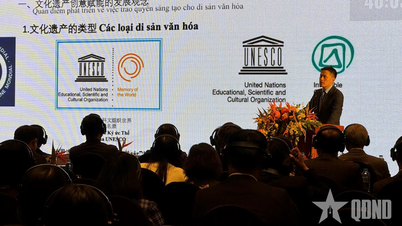

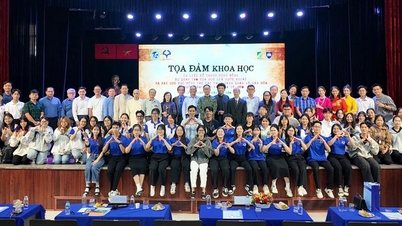

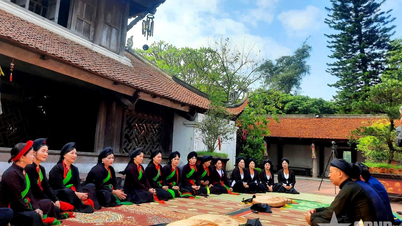



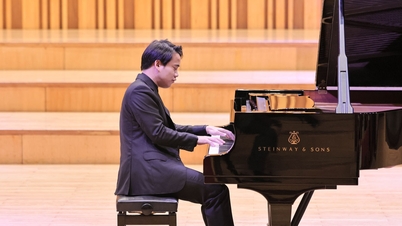




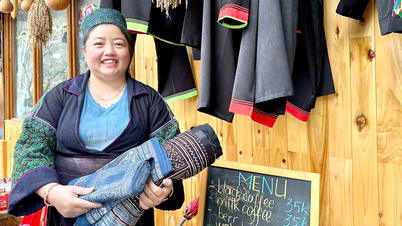

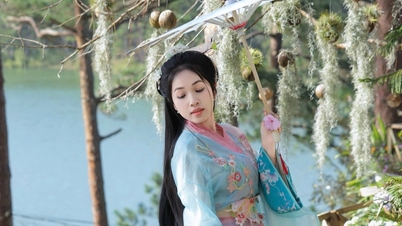


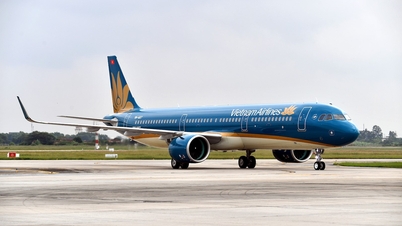
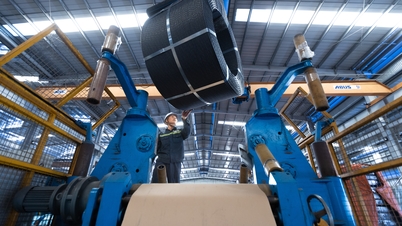
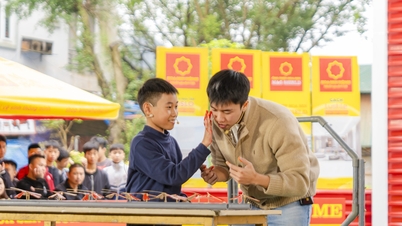


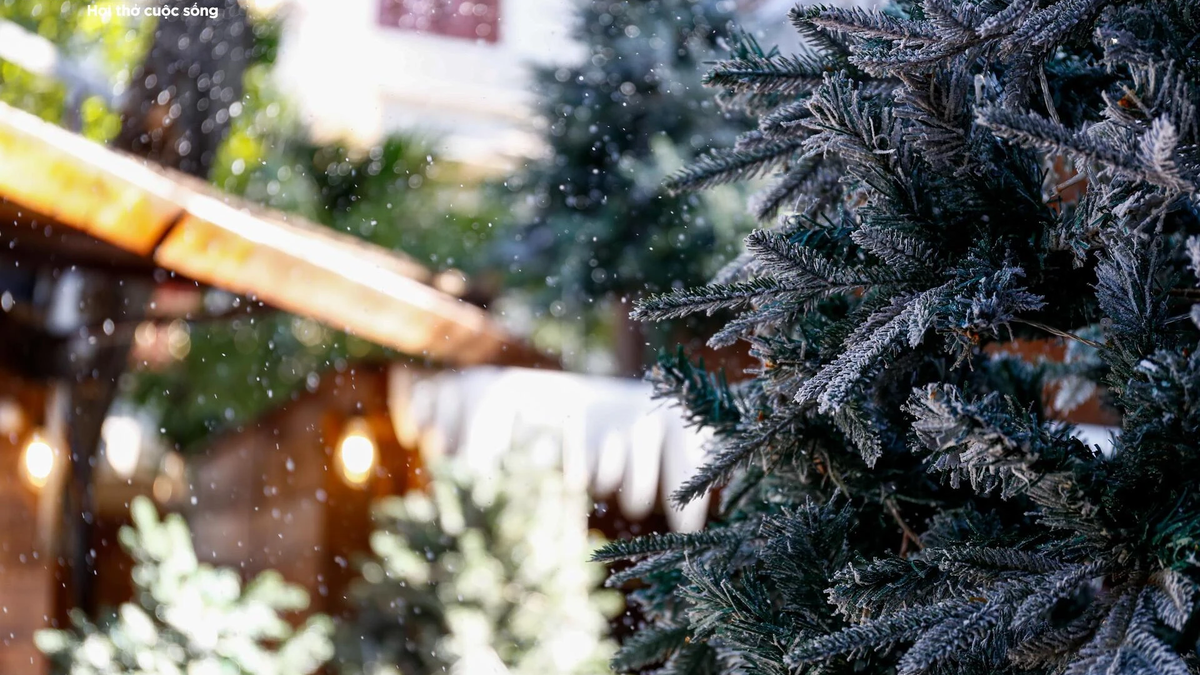


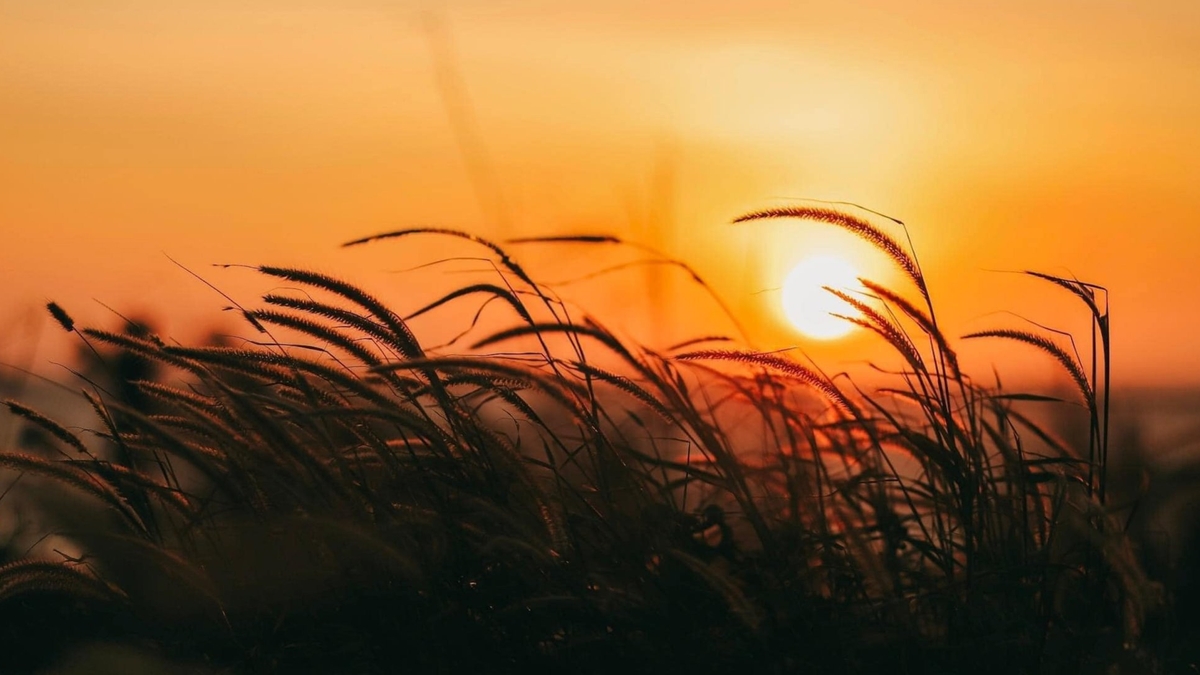
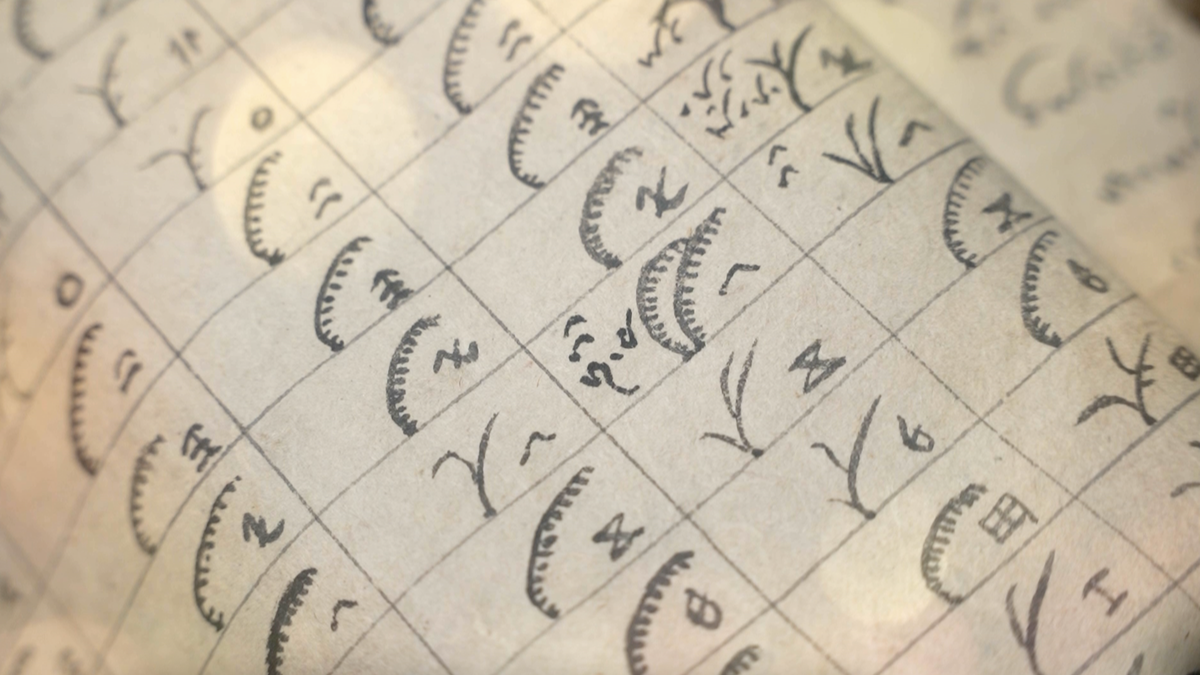
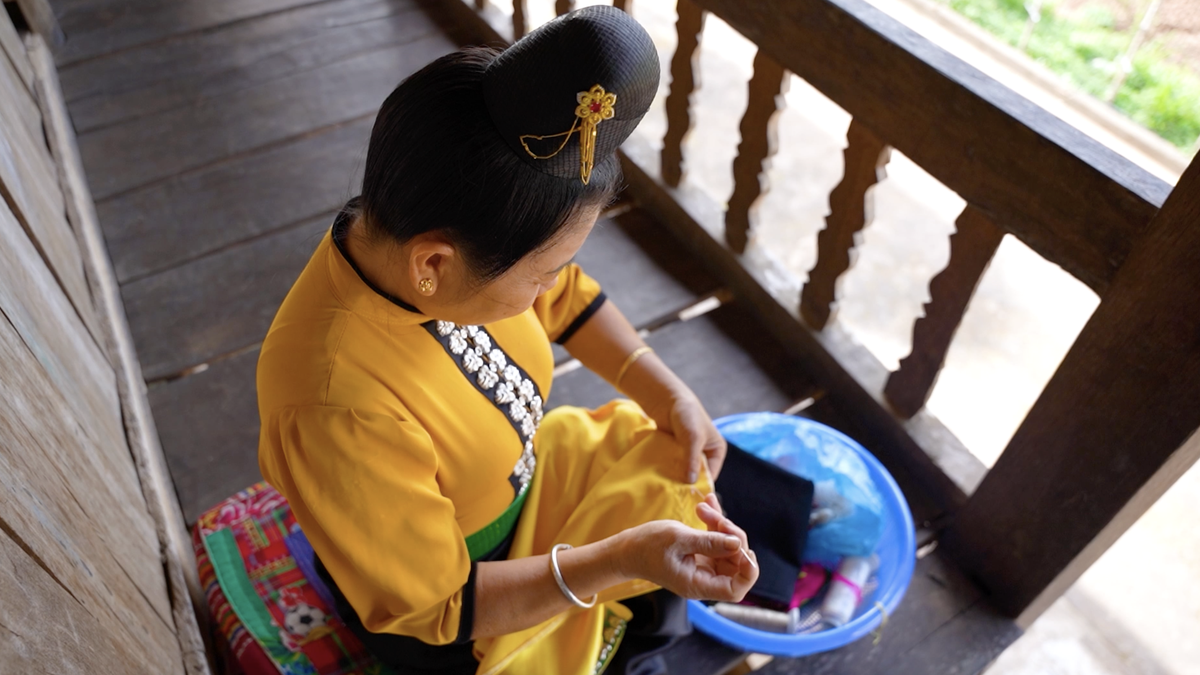








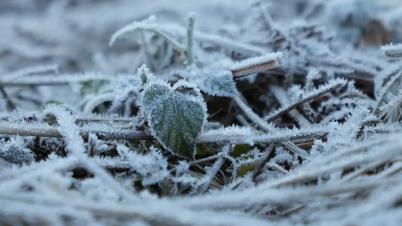


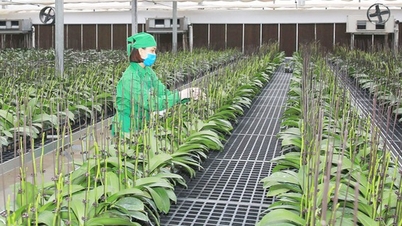




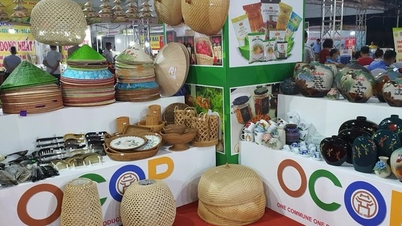


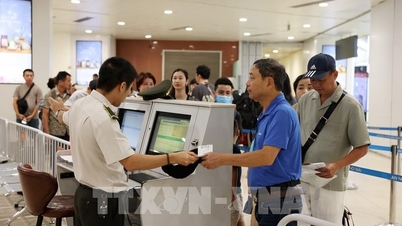



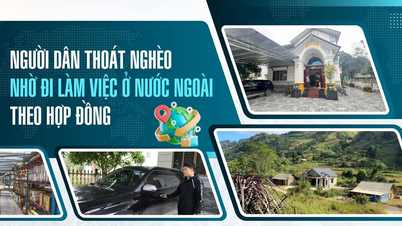

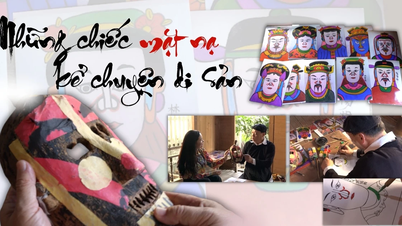
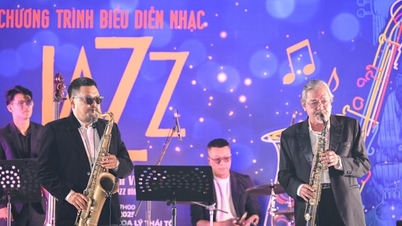







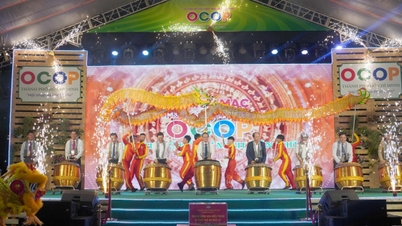



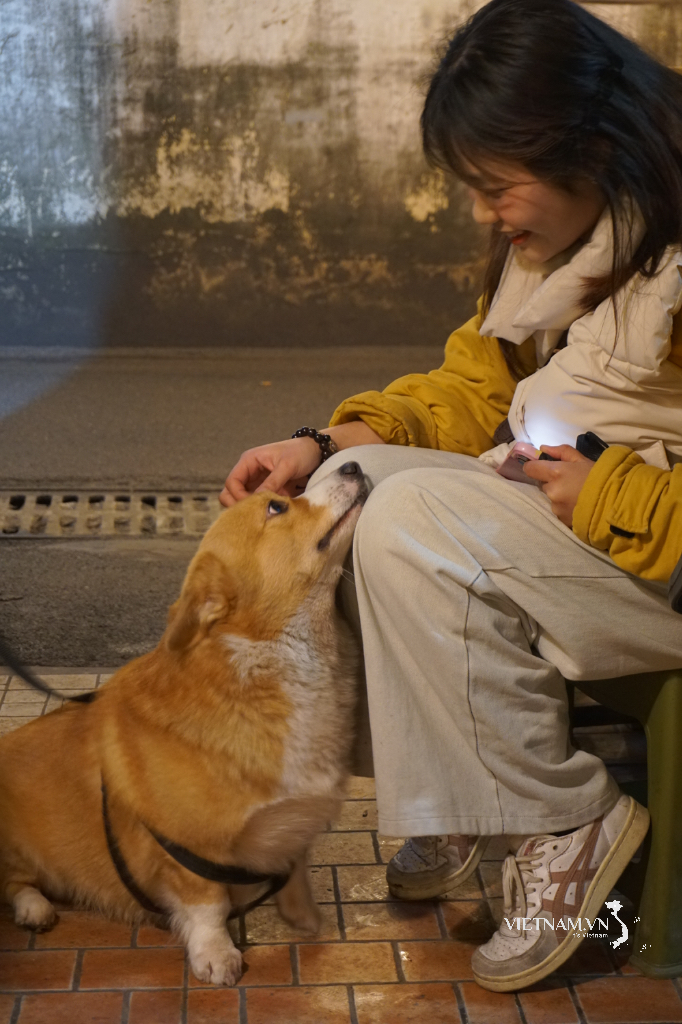

Comment (0)